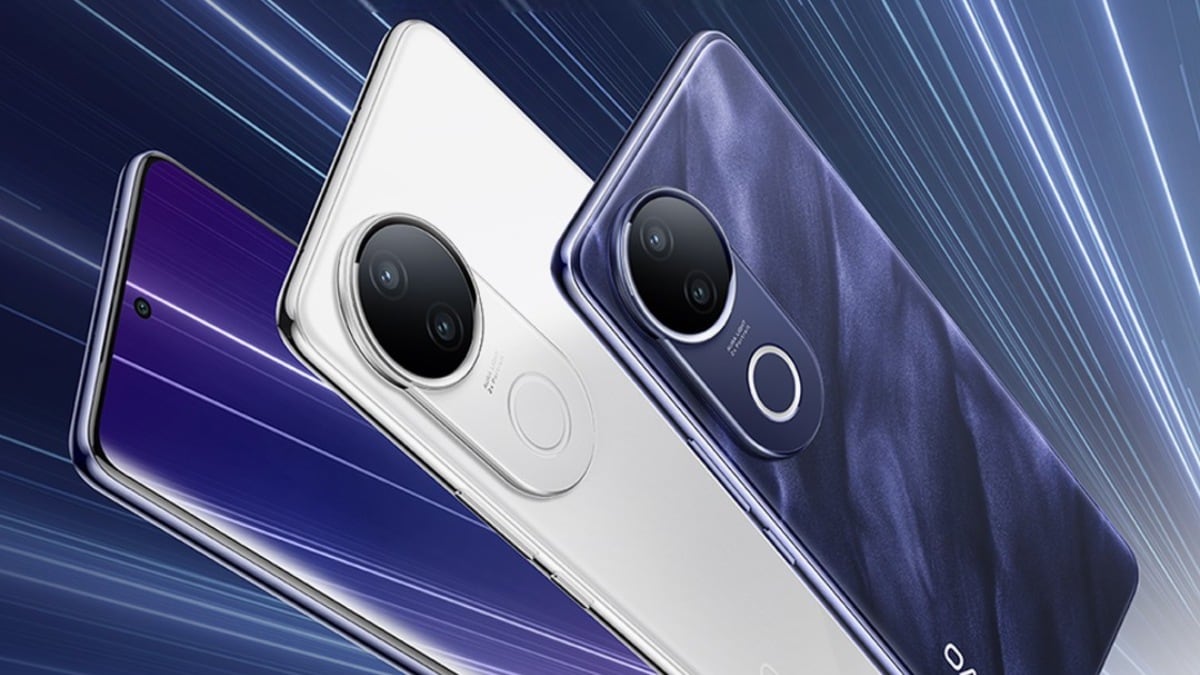The lock-in problem at the heart of the DOJ’s case against Apple
It’s no secret that Apple products work best if you stick with an iPhone. It turns out that’s a big reason why Apple landed in hot water today with the US Department of Justice, which alleges that the company went too far in locking down messaging, smartwatches, and digital wallets to intentionally hobble its rivals.
This won’t be a surprise to most consumers. We’ve all known for years about green bubbles and that you can’t bring your Apple Watch to an Android phone. What the DOJ is saying is that, altogether, this series of protective policies makes it extremely difficult for an iPhone user to leave its walled garden, limiting competition so much that it breaks the law.
Table of Contents
Messaging
Green bubbles make a key appearance in the lawsuit. It’s well known that texting between iOS and Android users is a poor experience: you can’t send large files or photos, edit messages, or send fun reactions like a heart or thumbs up. That friction leads to social pressure to stay on iPhone, with the DOJ noting these exclusions become “obstacle[s] to iPhone families giving their kids Android Phones.” That’s especially true among US teens, 85 percent of whom are on iPhone. The lawsuit points out that Apple is well aware of the issue, citing Apple executives as saying “moving iMessage to Android will hurt us more than help us.” (The DOJ didn’t take kindly to Tim Cook telling a customer to “buy your mom an iPhone” to improve their texting.)
According to the DOJ, this misleads consumers into believing Android phones are worse, even though Apple is the one doing all the restricting.
The DOJ also notes that Apple limits third-party messaging apps like WhatsApp, Signal, and Facebook Messenger in comparison to iMessage. For example, you have to dive into permissions to let these apps operate in the background or access the iPhone’s camera for video calls. They also can’t incorporate SMS, meaning you have to convince friends to download the same apps if you want to use them. iMessage, however, does all this natively.
And while Apple recently agreed to support RCS to make cross-platform messaging better, the DOJ isn’t buying it. It notes that Apple not only hasn’t adopted it yet but that third-party apps would still be “prohibited from incorporating RCS just as they are prohibited from incorporating SMS.” The DOJ also takes issue with the fact that Apple only agreed to adopt a 2019 version of RCS. Unless Apple agrees to support future versions, it argues “RCS could soon be broken on iPhones anyway.”
Smartwatches
The DOJ isn’t pleased with how Apple uses the Apple Watch as a cudgel to stick with iPhones. As it stands, you must have an iPhone to use an Apple Watch, and Apple limits third-party smartwatches from doing everything an Apple Watch can.
The Apple Watch isn’t cheap, and the DOJ notes that Apple is well aware that people are less likely to switch phones if they buy one. But on top of that, it cites the fact that a third-party smartwatch misses out on features like quick replies to texts, accepting calendar invites, and interacting with app alerts in the same way as with an Apple Watch.
Another issue is Bluetooth connectivity. While the Apple Watch can maintain a connection if a user accidentally turns off Bluetooth on the iPhone, third-party watches can’t. As with third-party messaging apps, users have to dive into separate permissions to turn on background app refresh and turn off low power mode if they want the most stable and consistent Bluetooth connection. This impacts passive updates, like weather or exercise tracking.
Cellular connectivity is another way Apple limits third-party watches. There’s no barrier to using the same number on your Apple Watch and iPhone. However, if you wanted to do that with a third-party cellular watch, you’d have to disable iMessage on the iPhone. Since most iPhone users are unwilling to do this, it effectively means choosing a third-party watch means you’ll have to use two separate numbers for your watch and iPhone.
Digital wallets
With digital wallets, the DOJ’s beef with Apple is that the company blocks financial institutions from accessing NFC hardware within the iPhone. (Though, Apple will begin allowing access in much of Europe because of new regulations in the EU.) That, in turn, limits them from providing tap-to-pay capabilities and, again, funnels iPhone users into Apple Pay and Apple Wallet.
Doing so means banks also have to pay 0.15 percent for each credit card transaction done through Apple Pay. Conversely, it’s free for banks using Samsung or Google’s payment apps. The result is that Apple got nearly $200 billion in US transactions in 2022, according to a US Consumer Financial Protection Bureau report. The same agency estimates that digital wallet tap-to-pay transactions will increase by over 150 percent by 2028.
Again, the DOJ asserts that it’s feasible for Apple to enable tap-to-pay access but that it won’t because it would “be one way to disable [A]pple [P]ay trivially” and encourage other types of payment apps. It also notes that Apple already allows merchants to use NFC to accept Apple Pay payments.
Apple says it disagrees with the DOJ’s lawsuit, framing all of these decisions as choices it made to protect consumers — particularly with regard to privacy and security. In a statement, Apple spokesperson Fred Sainz said the lawsuit “threatens who we are and the principles that set Apple products apart in fiercely competitive markets.”
The DOJ doesn’t see those principles as improving the iPhone but rather intentionally limiting competitors in a bid to make the iPhone stickier. And while it’ll likely be a while before there’s any concrete resolution, there’s a chance that by the end of this, Apple’s walled garden approach may no longer be quite as effective as it has been.






